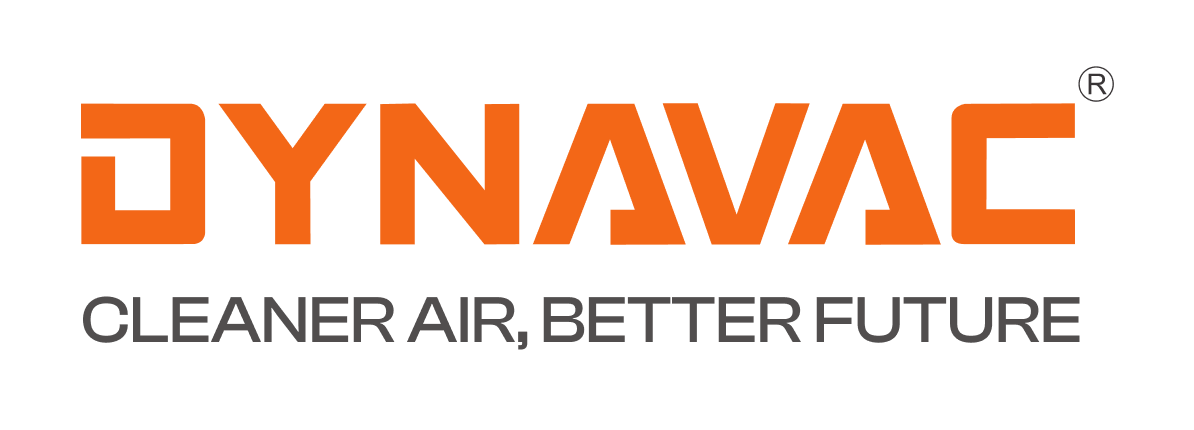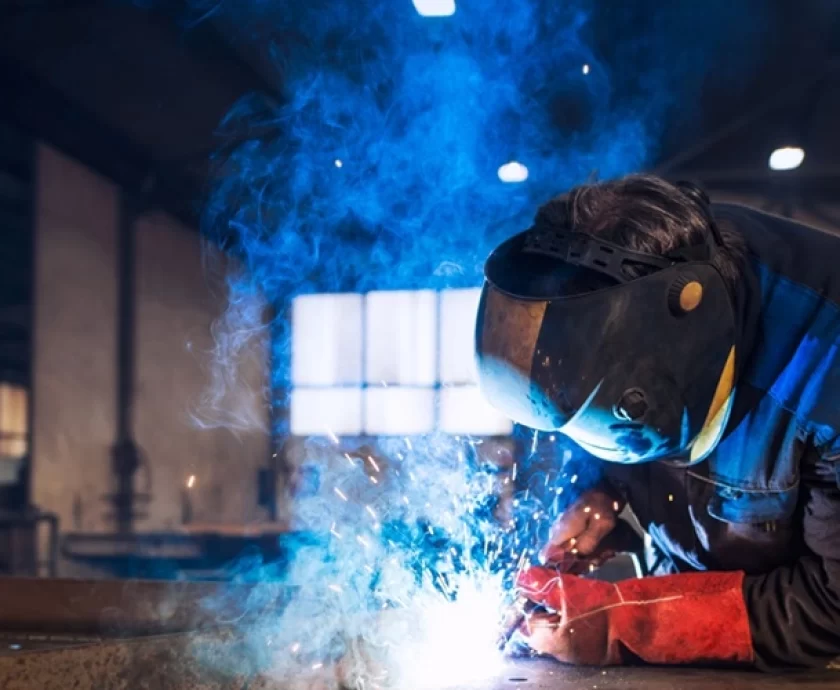Solving 5 Common Cartridge Dust Collector Issues – The Dynavac Way
Dust collectors keep your work environment clean and your lungs healthy, but like any mechanical marvel, they can sometimes hiccup. Don’t despair! This guide equips you with the knowledge and confidence to tackle 5 common cartridge dust collector woes. Remember, safety first! Always consult your user manual and seek professional help for complex issues.
- Sucking Power Gone AWOL:
No suction? Breathe easy, it’s often fixable.
- Filter Frenzy: Dirty or clogged filters? Give them a well-deserved change! Inspect air intake and ductwork for any sneaky blockages or air leaks that might be stealing your suction power.
- Motor Marvels: Are your motor and blower team running like champs? Verify they’re generating enough airflow. If you have a variable frequency drive (VFD) motor, ensure it’s adjusting the rate correctly to compensate for filter loading.
- Damper Dilemma: Check if automated dampers are stuck closed, playing hide-and-seek with your airflow.
- Dust Escapes: Sealing the Deal
Dust leaks are a no-go. Here’s how to keep them contained:
- Filter Fit: Double-check you’re using the correct cartridge air filters for your collector and install them like a pro. Visually inspect them for rips, tears, and pinhole leaks – replace any culprits.
- Gasket Guardians: Worn or damaged gaskets and seals around the filter housing? Time for replacements to ensure an airtight seal.
- Filter Pressure Blues:
High pressure across filters means air struggles to pass through. Take these steps:
- Consult Your Manual: It details the filter change threshold (pressure level indicating clogged filters). If pressure reaches or exceeds that level, change the filters.
- New Filters, Same Problem? Double-check installation and filter type compatibility.
- Blockage Busters: Search for blockages in the system like clogged air ducts or malfunctioning dampers.
- Sensor Scrutiny: If none of the above work, a problem with the differential pressure sensor might be the culprit. Contact professionals for diagnostics and repair.
- Dust Load Overload: If filters load quickly, assess if dust production has increased due to changes in operations or materials. If your collector was sized for a lower dust load, consult our engineering team for system redesign.
4. Filters Load Up Like Lightning:
Filters loading too fast? Here’s how to slow it down:
- Dust Detective: Assess if dust load has increased due to production changes. High dust loads overwhelm filters quickly. If your air-to-cloth ratio (amount of air flowing through a given area of filter media) is inadequate, contact our engineering team for help.
- Filter Friend or Foe: Ensure the filter media type is suitable for the dust you’re collecting. For example, hygroscopic, oily, or sticky dust might need PTFE-coated filters for efficient pulsing, while anti-static filters are crucial for dust with electrostatic properties.
- Pulse Perfection: If your system uses a pulse-jet cleaning mechanism, make sure it’s functioning effectively. Inadequate cleaning cycles lead to faster filter loading.
- Airflow Anomalies: Check for airflow imbalances or restrictions in the system. Inconsistent airflow can cause certain filter sections to load more quickly than others.
5. Dust Collector Plays Dead:
Refusal to start can be caused by electrical issues, motor problems, or control system malfunctions. Here’s how to revive it:
- Alarm Log Analysis: If the control panel is powered on, check the alarm log first. If overload protection or an automated safety stop has been triggered, resolve the issue before restarting.
- Power Play: Ensure the dust collector is plugged in and the power source is functioning. Check for tripped circuit breakers or blown fuses.
- Connection Concerns: Verify that all electrical connections are secure and intact. Loose or damaged wiring can prevent the dust collector from starting.
- Motor Mishaps: Inspect the motor for signs of damage or wear. Burnt smells or visible damage could indicate a motor failure.
- Control Panel Confusion: Check if the control panel is set correctly. Incorrect settings or a tripped internal breaker can prevent start-up. Consult your user manual for details.
- Switch it Up: Test the functionality of the start and stop switches or buttons. Faulty ones need replacing.



